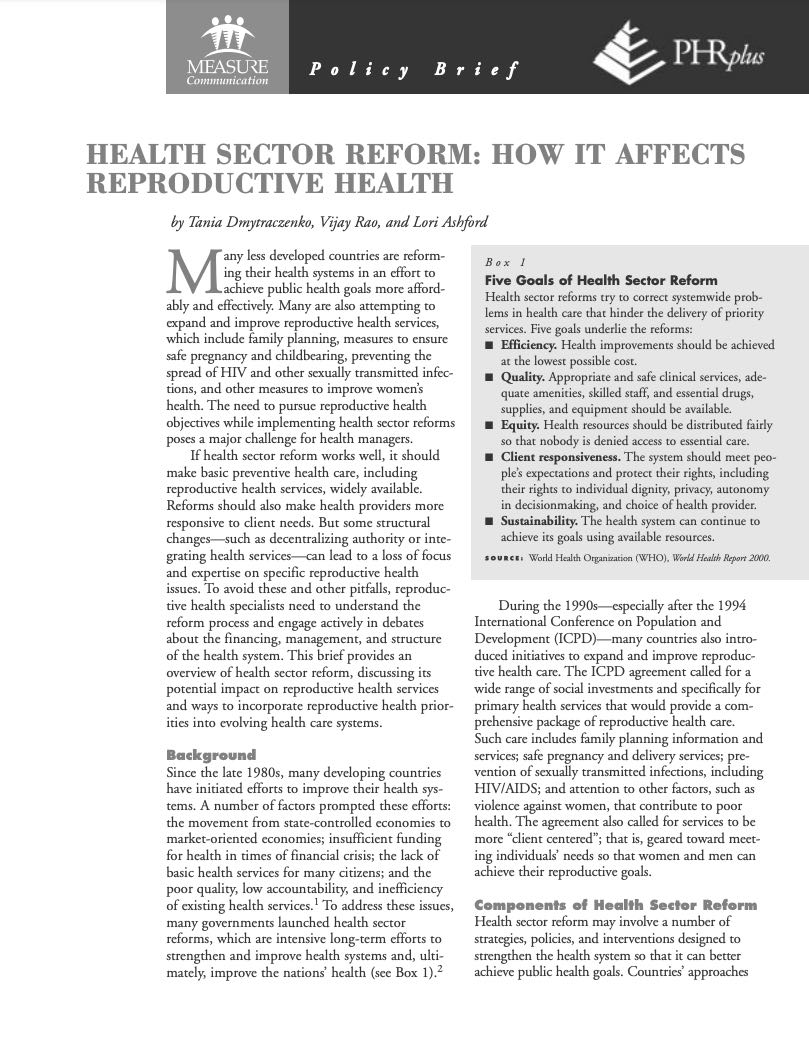The Role of Intergenerational Land Transfers and Education in Fertility Transition in Rural Kenya
(2010) Little is known about the role of land inheritance in the link between land availability and fertility. The recent transition from high to lower levels of fertility in some African countries presents an opportunity to clarify the underlying causes of this decline, since the individuals involved in the transitions are still alive.





